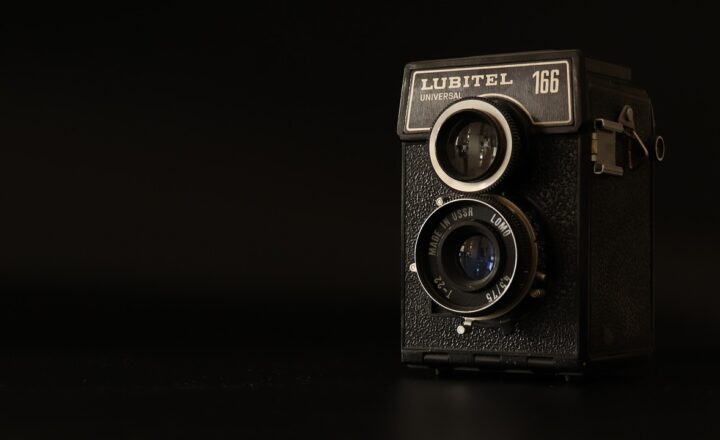The First Phones With Cameras and How They Changed Photography Forever
November 13, 2024

In the early days of mobile technology, the idea of capturing moments on the go was a mere dream. However, the emergence of camera phones revolutionized photography and changed the way we document our lives forever. This article delves into the evolution of camera phones, starting from the very first devices, exploring how they impacted photography, and discussing their significant cultural implications.
1. A Brief History of Early Camera Phones
The journey of camera phones began in the early 2000s, a time when digital photography was still in its infancy. The first commercially available camera phone was the Kyocera VisualPhone, released in 1999 in Japan. With its 0.11-megapixel camera, it allowed users to capture low-resolution images and send them to other devices.
While the initial response to camera phones was lukewarm, technological advancements soon paved the way for more capable devices. In 2002, Samsung released the SGH-V200, featuring a 0.3-megapixel camera and the ability to send images via MMS (Multimedia Messaging Service). This marked a significant turning point, setting the stage for widespread adoption of camera phones.
2. The Shift to Smartphone Photography
The real breakthrough in camera phone technology came with the introduction of smartphones. Apple’s iPhone, released in 2007, had a 2-megapixel camera that offered superior image quality compared to its predecessors. This marked the beginning of the smartphone era, where phones were no longer just tools for communication but also powerful photography devices.
As competition grew, manufacturers began focusing on enhancing camera specifications. Key developments included features like autofocus, flash, and improved sensors. In 2010, the HTC Evo 4G was among the first smartphones to feature a 8-megapixel camera, further pushing the boundaries of mobile photography.
3. Impact on Photography Culture
The advent of camera phones transformed photography into a more accessible medium. Once an art form reserved for those with technical knowledge and expensive equipment, photography became a hobby for the masses. The ease of taking and sharing photos encouraged people to capture and document everyday moments, thus fostering a new culture of photography.
The phenomenon of social media platforms, such as Instagram, further accelerated this trend. People began sharing their lives through photos, leading to a democratization of photography. Everyone became a photographer, and the lines between amateur and professional blurred. For instance, the rise of influencers who curated their lives through stunning visuals became a significant aspect of modern marketing.
4. Technical Innovations in Camera Phones
Today, camera phones boast remarkable advancements that were once unimaginable. Innovations like multi-lens setups, optical zoom, and night mode have made smartphone cameras nearly comparable to dedicated DSLRs. Additionally, software enhancements, such as AI and machine learning, help optimize photos, making it easier for anyone to capture stunning images.
In 2019, the Huawei P30 Pro was launched with a 40-megapixel main camera, a 20-megapixel ultra-wide camera, and an 8-megapixel telephoto camera, along with impressive low-light capabilities. This device demonstrated how far camera phone technology had come, and it reshaped user expectations for mobile photography.
5. The Future of Mobile Photography
As we look to the future, the role of camera phones will continue to evolve. With the integration of augmented reality (AR) and more advanced AI, we can expect even more revolutionary features. Imagine real-time photo editing, enhanced landscape orientation, and better situational awareness through smart algorithms.
Moreover, sustainability concerns could drive innovation towards eco-friendly materials in mobile devices. The combination of camera technology and AI may lead us to a time when our phones understand the best moments to capture, ensuring that the essence of our memories is preserved.
6. Conclusion: A New Era of Photography
From the bulky Kyocera VisualPhone to the latest flagship smartphones, camera phones have changed photography in a way that has reshaped personal expression and communication. They have turned everyday individuals into documentarians, capable of capturing the minutiae of life at any moment. As technology continues to advance, one thing is certain: the impact of camera phones on photography will be lasting and profound, making it an essential part of modern social interaction and culture.
This digital age has given us the power to tell our stories visually, and as camera technology keeps innovating, we’ll witness an even more fascinating future for mobile photography.







